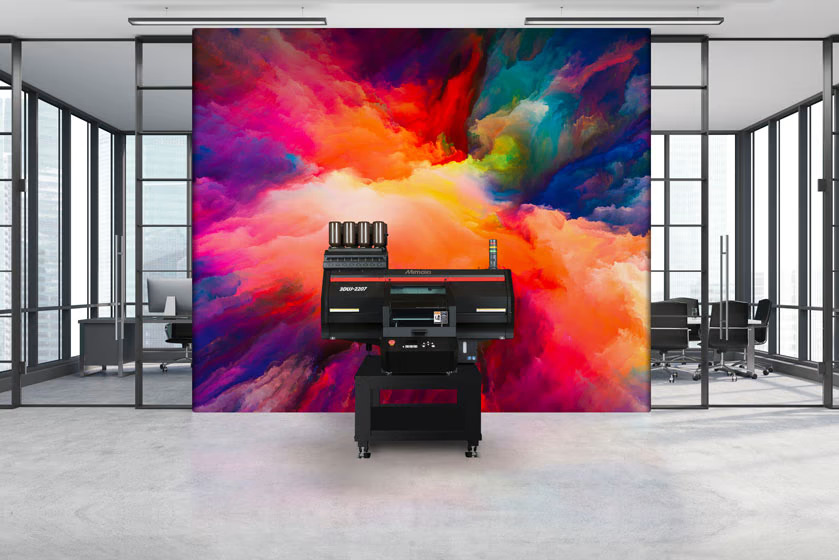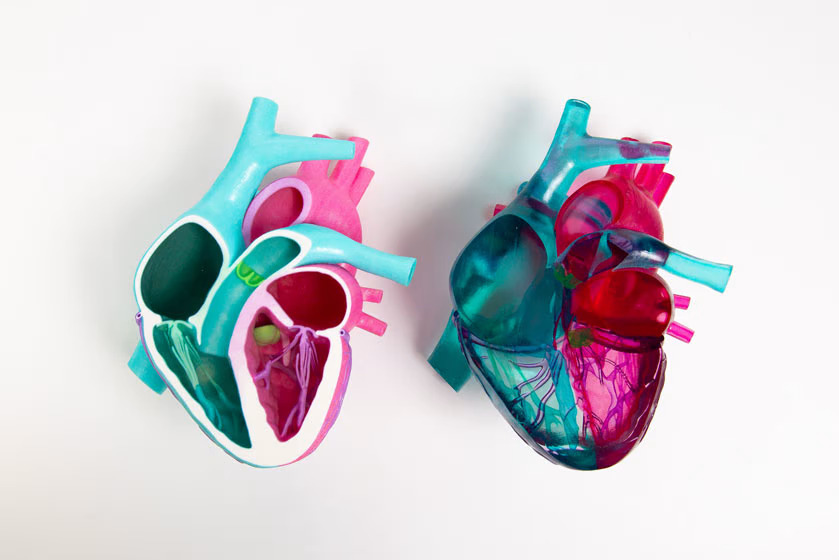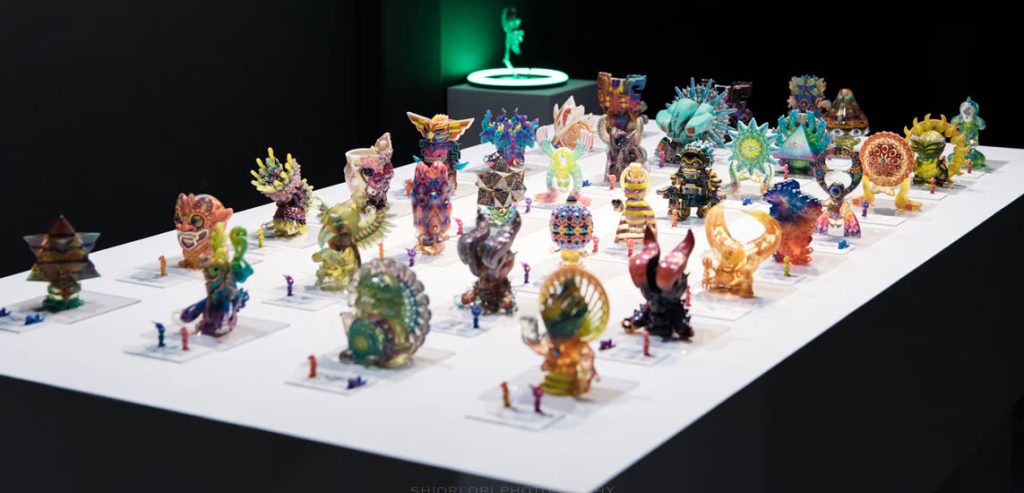The 3D Printing Industry Awards 2022 shortlists are now available for voting. Who will win the 2022 3DPI Awards? Have your say by casting your vote now.
Wide-format inkjet printer and cutter manufacturer Mimaki has exhibited its latest 3D printing innovations at Formnext.
From its existing portfolio, the firm deployed its latest Mimaki 3DUJ-2207 system to 3D print parts live at the show for attendees to observe in real-time. In newer developments, Mimaki also debuted Pure Clear MH-110PCL, a transparent material designed to be mixed with users’ color of choice to form a translucent feedstock suitable for addressing architectural and medical 3D printing applications.
“We’re constantly looking to push the boundaries of what is possible when it comes to developing our technologies, and our solutions for 3D printing are no exception,” explained Mark Sollman, a Senior Product Manager at Mimaki Europe. “We have channeled our expertise in high-quality, true color reproduction into these products so that our customers can break new ground when it comes to 3D model production.”

Mimaki UV inkjet 3D printing
Mimaki’s 3D printing business revolves around a proprietary inkjet technology, which combines a traditional inkjet print head with an economical UV-LED light source. In practice, this process operates via the jetting of acrylic inks onto a build area, where they’re instantly cured layer-by-layer to form 3D objects. Since first developing its approach, the firm has progressively managed to monetize the technology by integrating it into inkjet 3D printers, including the 3DUJ-2207 and 3DUJ-553.
While it was first announced in 2015, Mimaki’s 3DUJ-553 system was ultimately launched three years later as the “world’s first 3D printer with over 10 million colors.” Thanks to its full-color manufacturing capabilities and sizable 500 x 500 x 300 mm build volume, the machine has maritime, prototype, tooling, architecture, and art 3D printing applications.
In one such use case during 2020, the Smithsonian 3D printed exhibits with a 3DUJ-553 for its museums and research centers, which were designed to help bring the displays to life, as well as a number of models for public programs there.
With a smaller 203 x 203 x 76 mm build area and much lower starting price, the 3DUJ-2207 was later released as something of a little brother to the 3DUJ-553. As such, while the system is based around the same inkjet technology, it’s more of a scalable entry-level option for those seeking an accessible way of starting out in full-color 3D printing.

Full-color innovation at Formnext
Mimaki’s 3DUJ-2207 demo at Formnext was designed to show the results that can be achieved when its hardware and software portfolio is deployed in tandem. The firm’s live showcase was prepared via Mimaki’s 3D Print Prep Pro software, a cloud-based program capable of autocorrecting file errors and optimizing 3D design data, to ensure that final 3D printed objects turn out as modeled.
Models printed were then post-processed using the Mimaki 3DCS-322, an intelligent support materials removal unit developed with AM Solutions. According to Mimaki, this end-to-end solution “enhances and automates” the 3D printing workflow, while improving cost efficacy, and making the printing of full-color models accessible.
Pure Clear ink MH-110PCL also made its debut in Frankfurt. Mimaki’s latest polymer is designed to deliver improved transparency and negate yellow tint, in a way that allows artists, designers, architects, and clinicians to 3D print models with translucent features. In fact, when mixed with the 3DUJ-553’s over 10 million colors, Mimaki says the material enables printing with “true-to-life” accuracy.

Alongside its hardware offering, Mimaki also showcased a collection of vivid artworks created via its technology by renowned Japanese artist Taketo Kobayashi. Inspired by the ancient Jōmon civilization, a time in history when the people were believed to live peacefully and spiritually, Kobayashi’s pieces are designed to use 3D printing to bring their thinking and messages to the next generation.
Given that the colors and transparent elements of Kobayashi’s pieces are so crucial to his artwork, Mimaki says the full-color possibilities unlocked by its technology were pivotal in “achieving the maximum intended impact of every model.”
“Kobayashi’s important and inspiring art [shows] how robust, cutting-edge technology can be used to make something very delicate and beautiful,” added Sollman. “The models deliver a powerful message for the future, but also show perfectly how our solutions have been designed to put color at the forefront, unleashing creativity and opening doors for new thinkers in various industries to produce something different, and possibly even game-changing.”
Check out our full Formnext news round-up for the latest from 3D printing’s leading trade show.
To stay up to date with the latest 3D printing news, don’t forget to subscribe to the 3D Printing Industry newsletter or follow us on Twitter or liking our page on Facebook.
While you’re here, why not subscribe to our Youtube channel? featuring discussion, debriefs, video shorts and webinar replays.
Are you looking for a job in the additive manufacturing industry? Visit 3D Printing Jobs for a selection of roles in the industry.
Featured image shows the Mimaki 3DUJ-2207 3D printer. Photo via Mimaki.



